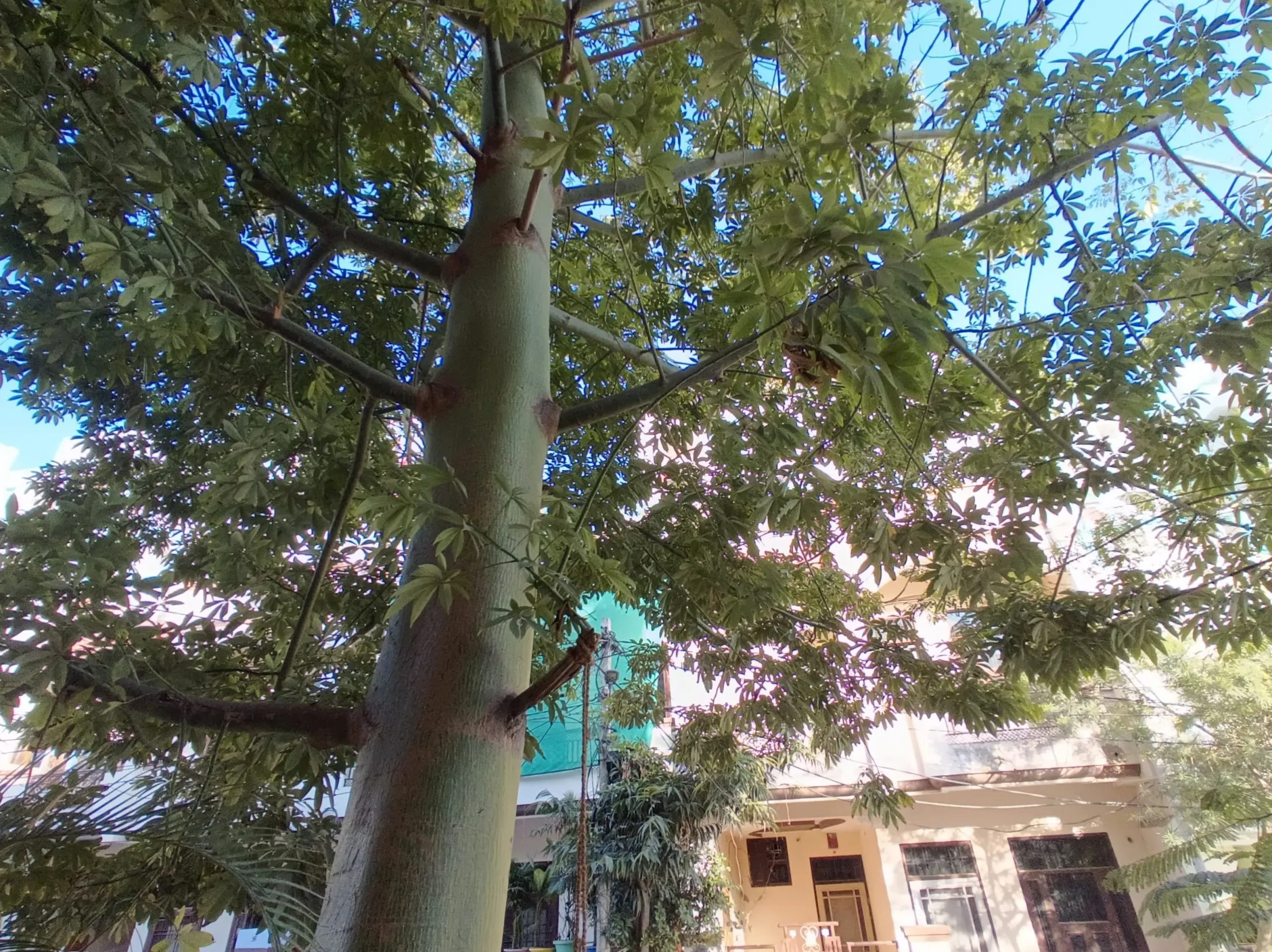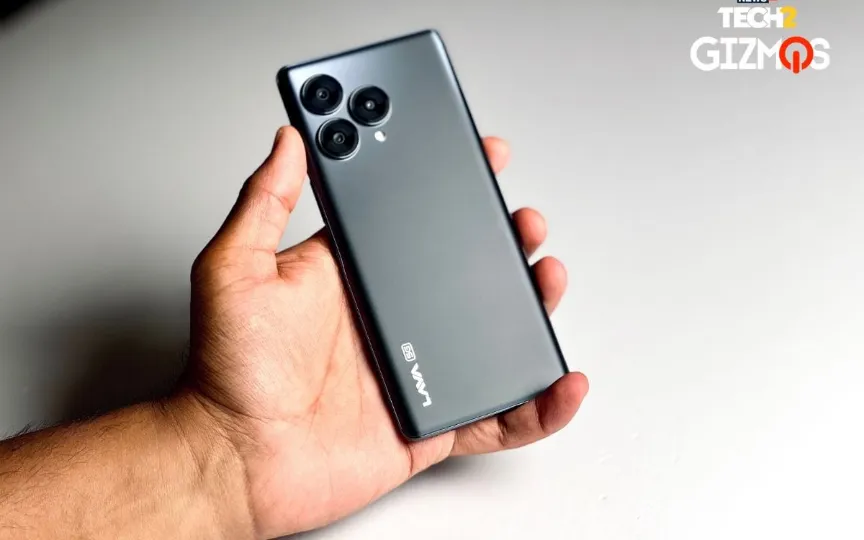Lava Blaze Curve 5G prioritizes design without compromising on essential features
Lava Blaze Curve 5G Review: The sub-Rs 20,000 segment of the Android phone world can be a bit, well, boring. It is a land of practicality and excitement, where flashy features often give way to value and reliability. Recently, however, things have changed, and some manufacturers have resorted to cutting corners — shoddy software filled with ads or unreliable hardware that crumbles under pressure.
Enter Lava with the Blaze Curve 5G. It manages to be both new and well-rounded, a rare sight in this price range. After a week of testing, I can confidently say that it is a strong contender, especially considering that it is a domestic brand. But no phone is perfect, so let’s see if the Blaze Curve’s nibs become deal breakers.
Design and display: refreshing and easy on the eyes
From unpacking to this moment, I have been impressed by the design of the Blaze Curve. It looks and feels downright premium, even compared to phones that cost a bit more. This is due to two key factors: the stunning curved AMOLED screen, a first in this segment according to Lava, and the matte back glass. Holding it instills a sense of quality that goes beyond its Rs 17,999 price tag. The weight distribution is also excellent, avoiding top heaviness. I’m happy that Lava has taken a subtle and minimalistic approach to the finish and colors, which is a refreshing change from the usual flashy finishes in this segment. It’s easy on the eyes and exudes a mature atmosphere.
The AMOLED screen itself is striking and vibrant, just what most users are looking for. Sure, it might not be the most color-accurate panel, but let’s be honest – how many buyers of this range will be editing professional photos or videos? Probably not many. In this segment, the preference is to have a visually appealing panel that caters to the masses, and the Blaze Curve excels in this regard.
However, the curved model has a small drawback – occasional accidental contact with the edges. Hopefully a software update can fix this. Another area for improvement is peak brightness in direct sunlight. While some competitors in this price range are serviceable, they perform a bit better.
On the flip side, including a curved screen at this price point is a bold move. Screen protectors may be a challenge to find (and they don’t come in the box), but it gives budget-conscious buyers a taste of technology previously reserved for flagships. It’s a great addition that doesn’t sacrifice functionality.
Performance, connections and the little things
The Lava Blaze Curve contains the proven MediaTek Dimensity 7050 chipset, paired with 8 GB of RAM and up to 256 GB of storage space. This is the same 6nm SoC found in many other phones in this series, including Lava’s own flagship Agni 2. In day-to-day use, the phone remained smooth and responsive, handling web browsing, social media and even light gaming with ease.
While benchmark scores don’t tell the whole story, the Blaze Curve delivers respectable numbers with 2598 and 1079 in Geekbench 6’s multi-core and single-core tests, respectively. It consistently scores over 550,000 points on AnTuTu. Take these numbers with a grain of salt, but you can comfortably play games like BGMI on medium settings. However, expect some occasional frame drops due to throttling during long gaming sessions.
What really sets Blaze Curve apart is its software experience. It runs a clean and bloatware-free version of Android 13 that sticks to Google’s familiar interface but adds useful features. This is perhaps the most premium aspect of the phone – it doesn’t feel like a budget device at all, and when you combine that with a consistent 120Hz refresh rate, it’s just the icing on the cake. However, there are a few minor bugs, especially when using apps like YouTube and Instagram, but hopefully a future update will fix them.
Although the software update schedule is not ideal (Android 14 is expected in June with two years of total updates, which means it will only reach Android 15), Lava could have launched the phone with Android 14 pre-installed.
Connections are another strength. I tested the Blaze Curve with a Jio 5G SIM card and experienced excellent mobile reception with a smooth 5G connection and decent speeds. The switch to Vodafone also went smoothly.
One small caveat is the haptic feedback, which isn’t the strongest. If you’re expecting high-end haptics like OnePlus’ O-Haptics, you might be disappointed. However, considering the price point, it’s a fair compromise.
Finally, let’s talk about sustainability. I pushed the Blaze Curve without a screen protector and it survived unscathed. The Gorilla Glass 3 front looks tough, with no scratches despite heavy use. However, the plastic sides may be prone to damage due to hard cases or use the one included in the package.
Camera: hits and misses
The Blaze Curve 5G has a triple camera system: a 64-megapixel main sensor, an 8-megapixel ultra-wide-angle lens, and a macro lens. In good lighting, it takes decent photos, but the inconsistencies prevent it from being called a reliable shooter. Software updates may fix some issues, such as chromatic aberration that causes purple fringing, especially on ultra-wide-angle lenses. This may not be a solution for casual users, but zooming in reveals a loss of detail.

Although low-light performance is surprisingly average for its price range, the phone does a good job in close-ups and portraits, maintaining accurate skin tones and good edge detection. The macro lens is a welcome addition, although integrating it with an ultra-wide angle lens like some competitors might have been a better approach. The front camera, on the other hand, does an excellent job of capturing details and maintaining accurate skin tones. Good job here, I’d say.
The general picture quality can be improved with software improvements. The color consistency of the sensors needs work, and the color science could benefit from a more natural look. In some cases, the sky appears in inappropriate shades of blue, and a slight magenta tint can be adjusted. There is room for improvement, but software updates can raise the camera experience from B to A-.
Here are more camera samples to help you judge the image quality of both the rear and front cameras:
Battery life: Two day phone for most people
Simply put, battery anxiety won’t bother you with the Blaze Curve. Even with variable use – camera testing, light gaming, social media browsing and moderate phone calls – it consistently ends the day with around 30-35% left, making it a true two-day phone for most users.
The included 33 W fast charger effectively charges the 5000 mAh battery in about an hour. The phone comes with a USB-C to USB-C cable, which is also a welcome step considering how cars and other accessories are widely moving past the USB-A port type.
Verdict: A refreshing contender in the sub-20k segment
While some may suspect a bias towards local brands, the Lava Blaze Curve 5G stands out on its own merits. It punches above its weight class and offers a premium design that rivals even some expensive phones. The 8GB + 128GB model at Rs 17,999 is a compelling choice, but for just Rs 1,000 more, the 8GB + 256GB version offers excellent value for the lack of expandable storage.
However, if you’re looking for a nice-looking phone with a premium feel, clean software, and long battery life, the Lava Blaze Curve 5G is a great option, especially for the price. Although the camera has room for improvement, it is sufficient for everyday use. Budget-conscious users who prioritize design and software experience will find a lot to love here.




